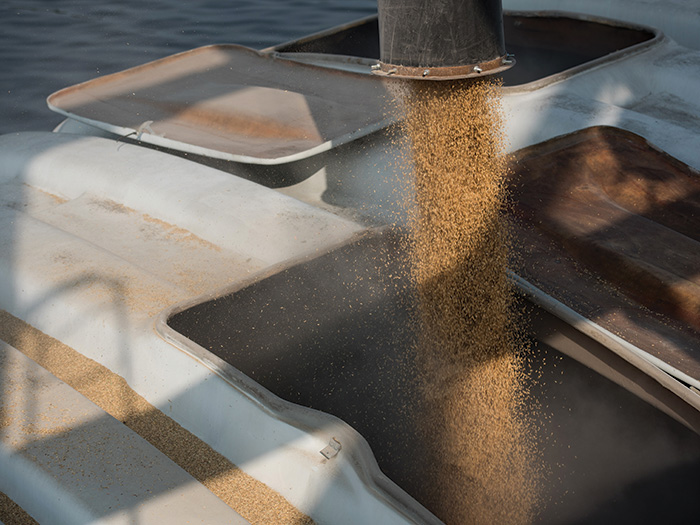Pollution Exclusion Sinks Coverage Claim for Welder’s Lung

Sandersville Railroad Company employed John Flowers as a rail carman for 22 years. In that time, Flowers was tasked with maintaining a fleet of rail cars. He spent much of his time welding.
Flowers was diagnosed with siderosis, a lung disease commonly referred to as welder’s lung. He made a claim to Sandersville and soon followed up with a lawsuit. Flowers alleged his disease was caused by the occupational exposure to welding fumes containing iron.
Sandersville did not dispute Flowers’ claim. It instead turned to Evanston Insurance Company, in which its commercial general liability policy was held, seeking coverage for the underlying suit. But Evanston denied Sandersville’s request.
Evanston filed a suit seeking declaratory judgment that a pollution exclusion within its policy prohibited it from covering welder’s lung claims.
The policy read that coverage for bodily injury “arising out of the actual, alleged or threatened discharge, dispersal, seepage, migration, release or escape of ‘pollutants’ ” would be excluded from coverage.
Sandersville countered that the policy had a Premier Railroad Liability Coverage Form. Under this, Evanston agreed to cover “sums that the insured becomes legally obligated to pay as damages because of ‘bodily injury’ or ‘property damage’ to which this insurance applies.”
But Evanston came back with the policy’s definition of pollutants — “any solid, liquid, gaseous or thermal irritant or containment, including smoke, vapor, soot, fumes, acids, alkalis, chemicals and waste.” This, it said, trumped the Premier Railroad Liability Coverage Form.
The district court agreed. It held that the pollution exclusion barred coverage, also finding that siderosis resulting from inhalation qualified as an injury arising out of the release of a pollutant.
Sandersville took the case to appeals court for a deeper interpretation of the policy language, alleging the lower court’s broad reading of the pollution exclusion conflicted with the railroad’s “reasonable expectations” that its insurance would provide coverage. However, this court also sided with Evanston.
Scorecard: A pollution exclusion puts Sandersville Railroad on the hook for its employee’s siderosis. Evanston Insurance will not have to pay.
Takeaway: For insured’s operating in hazardous environments, reviewing policy language surrounding those hazards is a must to prevent any uncertainty of coverage if claims arise.










